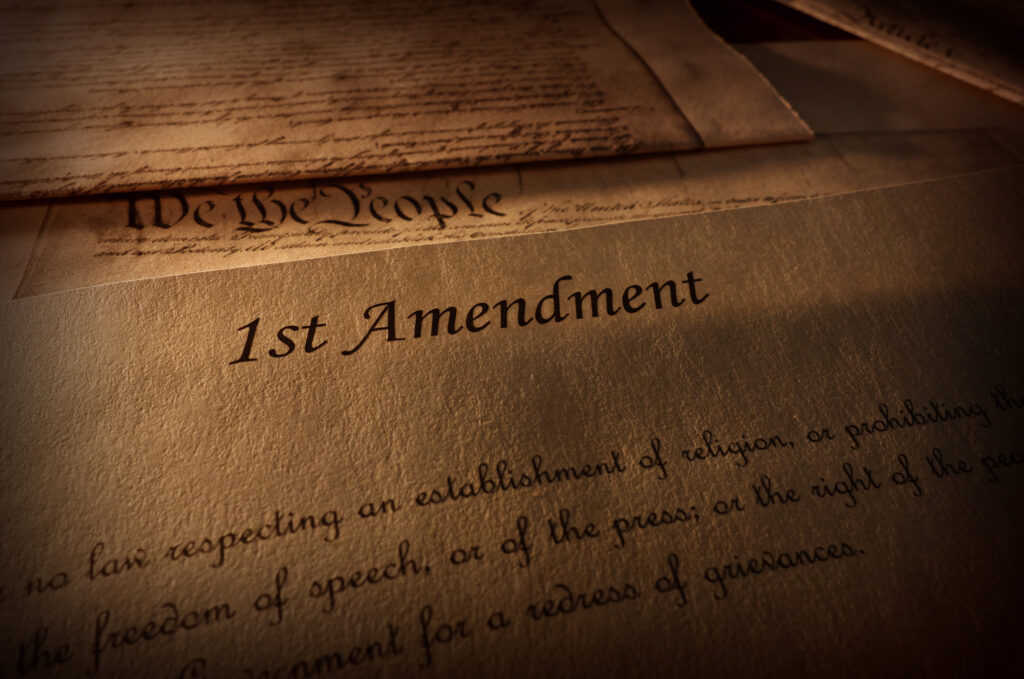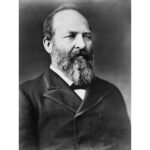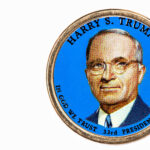On July 5, 1971, a landmark change in American democracy was cemented when President Richard Nixon formally certified the Twenty-sixth Amendment to the United States Constitution, lowering the federal voting age from 21 to 18. This amendment represented the culmination of fervent advocacy by youth and anti-Vietnam War activists who argued for equal rights for young adults, especially those being drafted for military service.
The roots of the amendment can be traced back to World War II and the Korean War, during which the rallying cry, “Old enough to fight, old enough to vote,” gained traction. However, it was during the Vietnam War that the movement gained significant momentum. With thousands of young Americans being drafted to fight in a controversial war, yet unable to have a say in the election of the leaders sending them to battle, the national sentiment swelled in favor of lowering the voting age.
The proposed amendment was passed by Congress on March 23, 1971, and sent to the states for ratification. The states acted swiftly; the amendment received the support of three-fourths of the state legislatures in just over two months, making it the fastest ratification of an amendment in U.S. history.
The certification of the Twenty-sixth Amendment was a monumental victory for American youth. It acknowledged the significant role young people play in society and gave them a more direct voice in the democratic process, shaping the political landscape for generations to come.
References:
https://www.nixonlibrary.gov/news/26th-amendment
https://www.nationalww2museum.org/war/articles/voting-age-26th-amendment
https://www.britannica.com/topic/Twenty-sixth-Amendment
https://constitutioncenter.org/blog/just-which-state-ratified-the-26th-amendment




